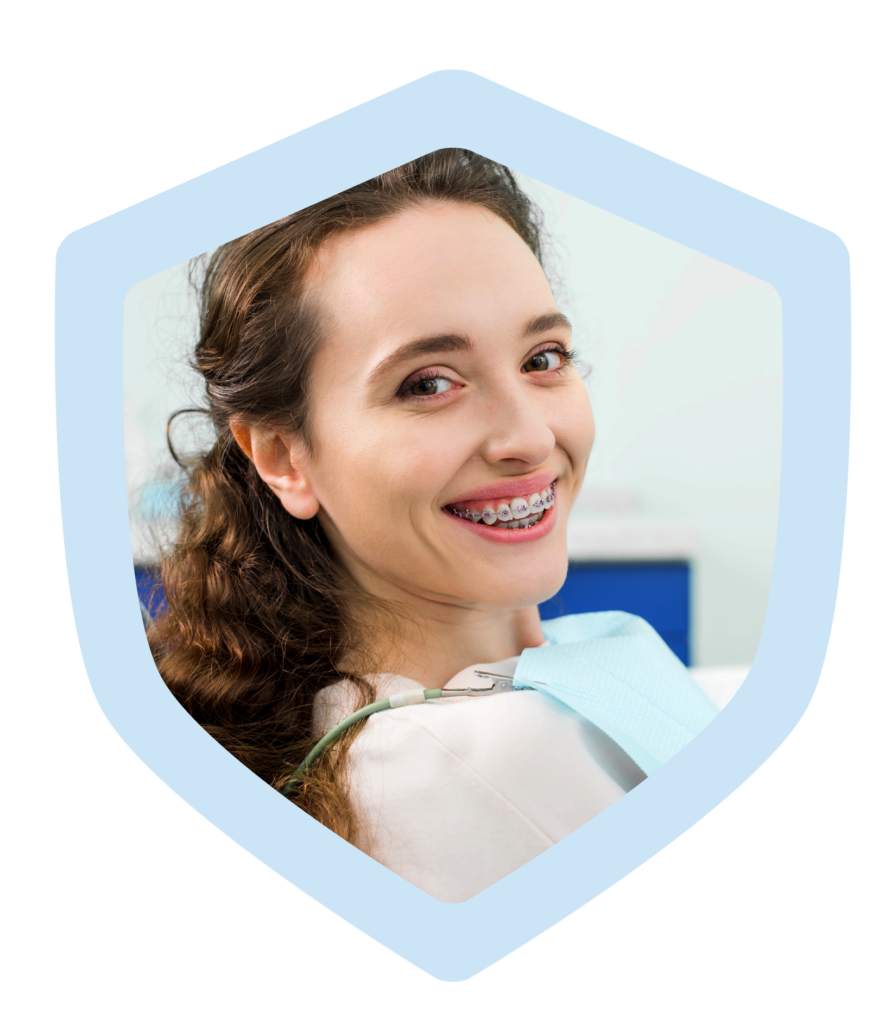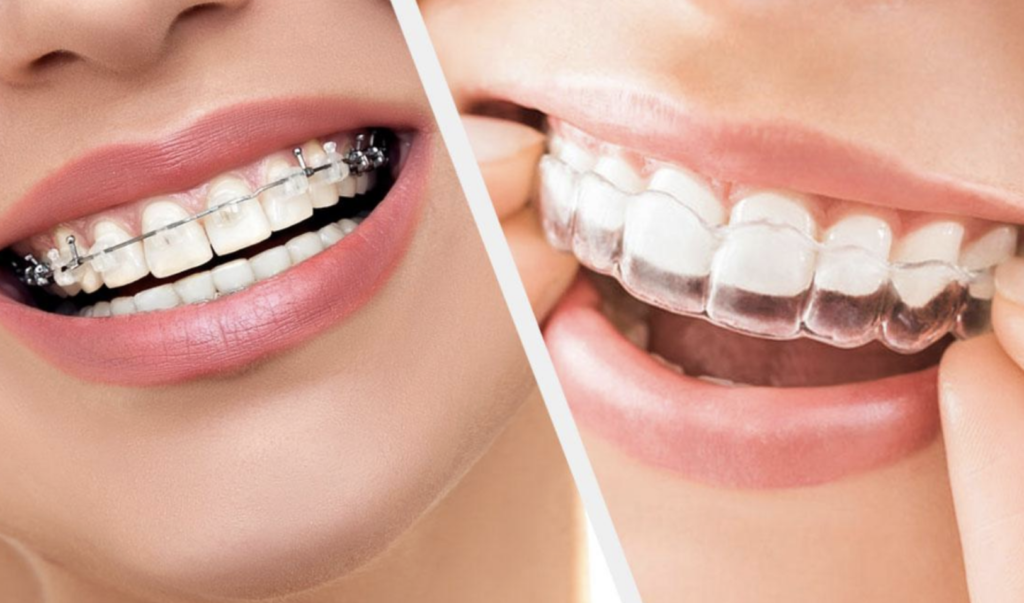Orthodontics it’s a very known subject in the dental area in compare to the orthopedics even though they are closely related and usually are used together, particularly with younger children, to set up a correct development in their teeth and mouth.
While orthodontics guides the teeth into the correct position to ensure a proper bite and a healthy mouth, orthopedics is the guidance of facial growth and development. It’s about ensuring the jaws themselves are growing into the ideal position to prevent future issues. Together, they facilitate a healthy growth of the mouth and can prevent systemic or chronic problems in the future.


Orthopedics is commonlly used on children because it’s easier to guide the growth of the jaw while it’s growing, than fix the jaw shape of Narrow jaws or underdeveloped jaws, especially the mandible or lower jaw are common areas for orthopedics to treat.
An orthopedic work can begin from a very young age, in some cases around 5-6 years. But orthodontic treatment can’t begin until all of the permanent teeth have appeared, usually happens around ages from 10 to 13. In some cases pre-orthodontic appliances can be used to help guide the growth and development of the jaw and teeth. With the use of pre-orthodontic appliances, some children can avoid braces completely, or at least reduce the time of treatment when using them.
If you want to improve the look and feel of your smile, then any age can be a great time to see the orthodontist.
The American Association of Orthodontists recommends that children first visit an orthodontist around the age of seven; however, orthodontic treatment is not exclusive to children and teens.
About one in every five orthodontic patients is over the age of 21.
Whether you’re considering treatment for yourself or for a child, any age is a good time to visit the orthodontist.
Braces are used by an orthodontist to help you improve the look and feel of your smile. There are several different types of braces to choose from, including:
The amount of time spent in braces will vary, depending on the individual patient, because every smile responds differently to treatment. Treatment times can take anywhere from six to 30 months, but most standard treatments last about 18 months.
Braces do not often hurt, though you may feel a small amount of discomfort for a couple days as your teeth, gums, cheeks, and mouth get used to your new braces.
With braces, you should brush your teeth at least three times a day to keep your teeth, gums, and mouth healthy and clean. Brushing regularly will help remove any food that may be caught between your braces.
You should also floss daily to get between your braces where your brush isn’t able to reach.
If you have a question about Orthodontics that wasn’t addressed above, our staff is happy to chat with you.
We’re also here to explain any of the above processes and procedures in greater detail.

From USA
From Mexico